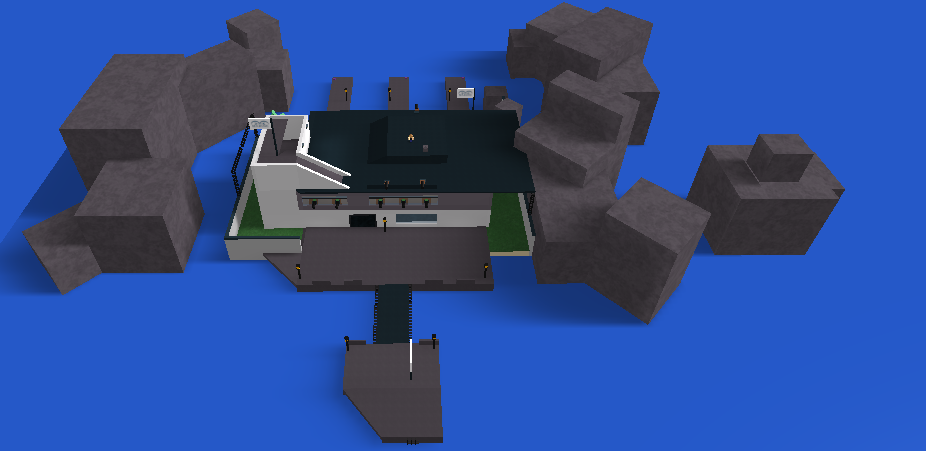

Once the shape was close to correct, the pieces were stapled to the ply base temporarily and a batten (screwed to the ply under deck) again used to create a fair curve to allow the inside edge to be routed to shape. The finishing boards were constructed from multiple pieces to accommodate the various curves. 200mm (8”) planks were used for the edge timber (this being the largest that I could comfortably re-saw using my bandsaw) and 40mm for the planks.įinishing boards on and sheer edge pieces installed. As with the hull bottom veneers, a bunch of wood was re-sawn into thin planks with the bandsaw and the thicknesser pressed into service to bring them all down to a smooth 5mm.

The top of the deck is finished with a 5mm (3/16”) mahogany veneer arranged to give the appearance of an edge timber and planking. The sheer edge pieces were then screwed and glued to the hull. While the plastic drainpipe did not take too kindly to the process (the heat distorted the plastic quite badly), for a one-off job it was perfectly adequate and the results more than good enough.

A primitive steamer was created using some plastic drainpipe connected to my long suffering wife’s clothes steamer and the mahogany pieces pre-soaked and then steamed. The installation of the sheer edge piece at the bow was the first and only time that a piece of wood needed to be steamed during the build as the curve was too sharp for the 1” square mahogany. The height of the rebate (toward the keel) was calculated to accommodate the finishing pieces. The depth (toward the centre of the hull) of the rebate varied across the length of the hull in order to allow the sheer edge to be correctly faired into the hull shape – the rebate is shallower at the bow and deeper at the stern. This was done using battens screwed to the ply base for the router to run against and gave a fair curve. With the ply based installed, a rebate was routed on the sheer for the sheer edge piece. The ply was screwed to the frames to provide clamping pressure while gluing which eased the process of installation no end. Plywood under deck installed and rebate for sheer timber created.Īfter a final fairing of the sheer, four sheets of marine plywood were obtained to provide the deck base.
ONE PIECE MARINE BASE INSTALL
In retrospect, I was somewhat premature in this step as a number of things would have been much easier to install without the deck being in the way - fuel lines being one! But the need to progress overtook sounder judgement. After the diversion of the electrical system, installing the deck saw a return to normal boatbuilding.


 0 kommentar(er)
0 kommentar(er)
